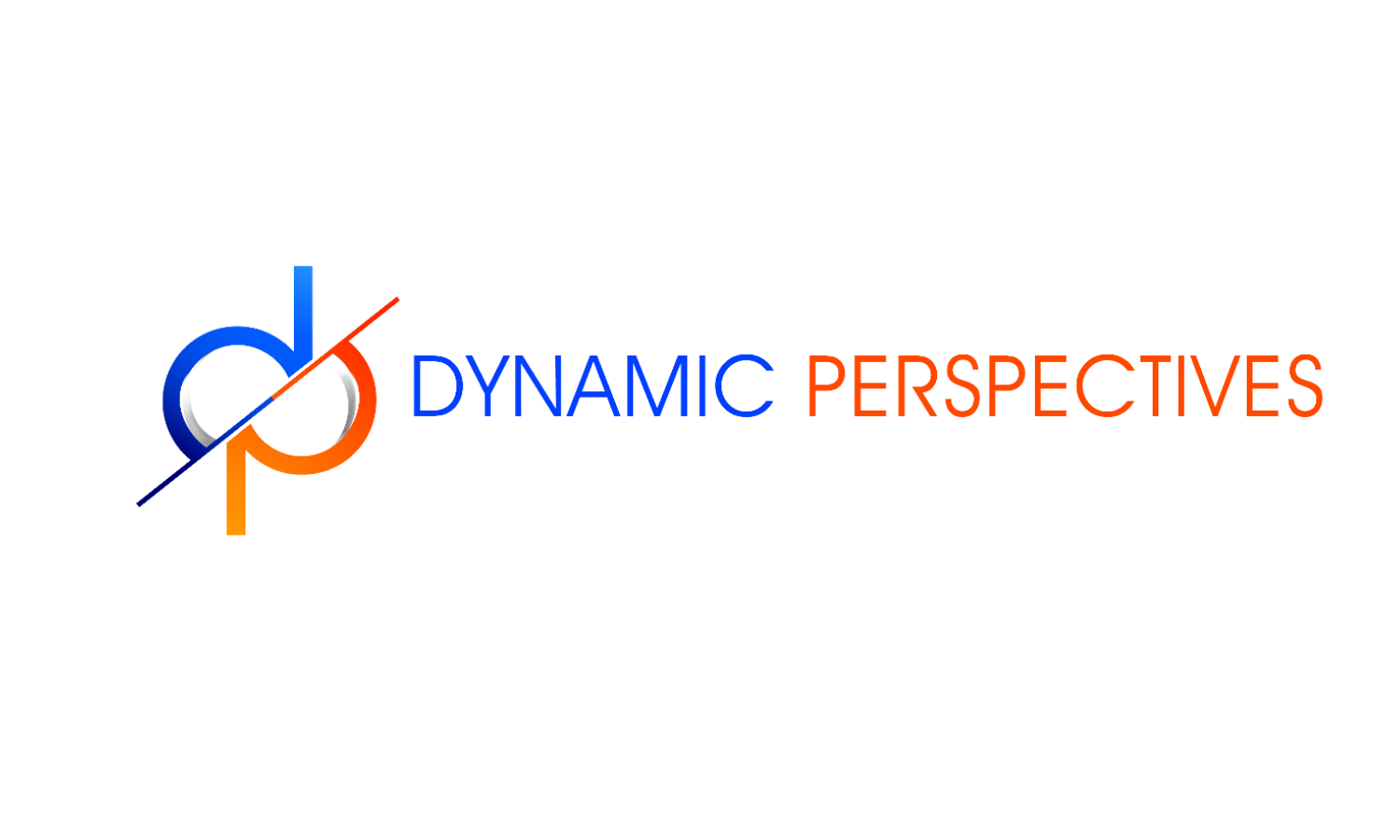
Cultural States
We define culture as the way in members of the organization relate to each other, their work, and the outside world that distinguishes them from other organizations.
Cultural States
Organizational culture is more than just a set of values—it’s the driving force behind how your company operates, innovates, and competes. Yet, many organizations struggle because their actual culture doesn’t align with their strategic goals or the culture employees perceive and desire. Without a clear understanding of your cultural state, your organization may face misalignment, disengagement, and barriers to growth.
Knowing your cultural state—including your actual, perceived, ideal, and optimal culture—allows you to pinpoint gaps, identify opportunities, and create intentional change that drives performance. Whether your goal is to boost innovation, improve collaboration, or enhance adaptability, a data-driven cultural assessment helps ensure your organization has the right foundation to lead in a competitive market. By understanding where you are today, you can take deliberate steps toward the culture you need to succeed tomorrow.
Optimal Culture: Aligning Culture with Strategy
Definition: Optimal culture is the culture that best supports the organization's strategic objectives, ensuring that behaviors, values, and structures contribute to long-term success.
Key Characteristics:
Aligned with the company’s mission, vision, and industry demands.
Balances flexibility and stability to meet both internal and external challenges.
Enables efficiency, innovation, and engagement, depending on strategic priorities.
Why It Matters:
An organization’s optimal culture is not necessarily the same as its current culture. Instead, it represents the ideal cultural state that enhances performance and sustainability. Defining an optimal culture allows leaders to set a clear direction for cultural transformation.
Example: A healthcare organization may determine that an optimal culture prioritizes patient care, collaboration, and regulatory compliance while also fostering innovation in medical research.
Actual Culture: The Current State of the Organization
Definition: Actual culture refers to the real, lived experiences of employees within an organization. It represents the observable behaviors, shared practices, and underlying norms that shape daily interactions.
Key Characteristics:
Defined by established workflows, leadership styles, and workplace behaviors.
May include both functional and dysfunctional elements.
Often influenced by historical context, leadership changes, and external pressures.
Why It Matters:
Understanding actual culture helps organizations identify gaps between their current state and their desired or optimal culture. Without assessing the actual culture, transformation efforts may be misaligned or ineffective.
Example: A company may believe it fosters innovation, but if employees are risk-averse due to fear of failure, the actual culture does not support experimentation and creativity.
Perceived Culture: Employee and Stakeholder Perspectives
Definition: Perceived culture is how employees and stakeholders interpret and experience the organization’s culture. It reflects the subjective understanding of norms, values, and leadership behaviors.
Key Characteristics:
Based on personal experiences, biases, and workplace interactions.
May differ across departments, roles, or locations.
Can be shaped by communication clarity, leadership transparency, and organizational consistency.
Why It Matters:
Perceived culture is crucial because perception drives behavior—if employees believe leadership is unapproachable, they may hesitate to voice concerns, even if leaders think they are open and accessible. Bridging the gap between actual and perceived culture fosters engagement and alignment.
Example: A leadership team may believe they have an open-door policy, but employees may perceive leadership as unapproachable due to hierarchical structures or past negative experiences.
Ideal Culture: The Aspirational Vision of Culture
Definition: Ideal culture represents the collective aspirations of employees, leadership, and stakeholders for how the organization should operate. It is often influenced by industry best practices, employee expectations, and societal trends.
Key Characteristics:
Reflects the values and environment employees desire in their workplace.
Often includes elements such as work-life balance, inclusivity, and innovation.
Can be influenced by generational expectations and evolving business trends.
Why It Matters:
By understanding the ideal culture, organizations can tap into employee aspirations to shape cultural transformation efforts. When an organization’s optimal culture aligns with the ideal culture employees desire, engagement and satisfaction increase.
Example: Employees at a tech startup may envision an ideal culture that includes greater autonomy, flexible work arrangements, and a more diverse leadership team.
Your organizational culture shapes everything—from employee engagement to market performance. But is your actual culture aligned with the culture you need to lead and innovate? At Dynamic Perspectives, we help organizations identify their cultural state, uncover misalignments, and create strategic transformation plans that drive real impact.
Through expert assessments, actionable insights, and targeted cultural shifts, we guide you in moving from where you are to where you need to be—whether that means fostering collaboration, innovation, agility, or market leadership.
Contact us today to schedule a consultation or learn how we can help your organization begin a cultural transformation.











